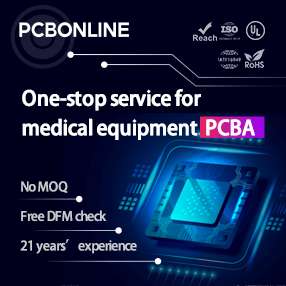DIY Your Own PIC Programmer Today!

There are a few different types of PIC microcontroller programmer adapters you can use to program your microcontroller: The PIC-Programmer you will develop was a modification of a JDM-Programmer. This means you have to connect the PIC programmer with the serial com port of your computer! Since this device doesn’t even need any additional external power supply, thus you’ll save a lot of money here. Ok, it would help if you were wondered that what types of PIC microcontrollers and EEPROMs you should use in this project. Well, since there is no restriction for the PIC microcontrollers and EEPROM, you can use this PIC-burner for PIC12C50x, PIC12F62x, PIC16Fxx, PIC16F62x and EEPROM 24Cxx. Compared with the other projects, this PIC programmer is regarding as one of the easy-to-build and compact electronics projects. The three LEDs on the board are used to indicate the state of the burning process. The signal for each light is different, which as: Lastly, I hope you’ll have a great moment with this PIC programmer!






